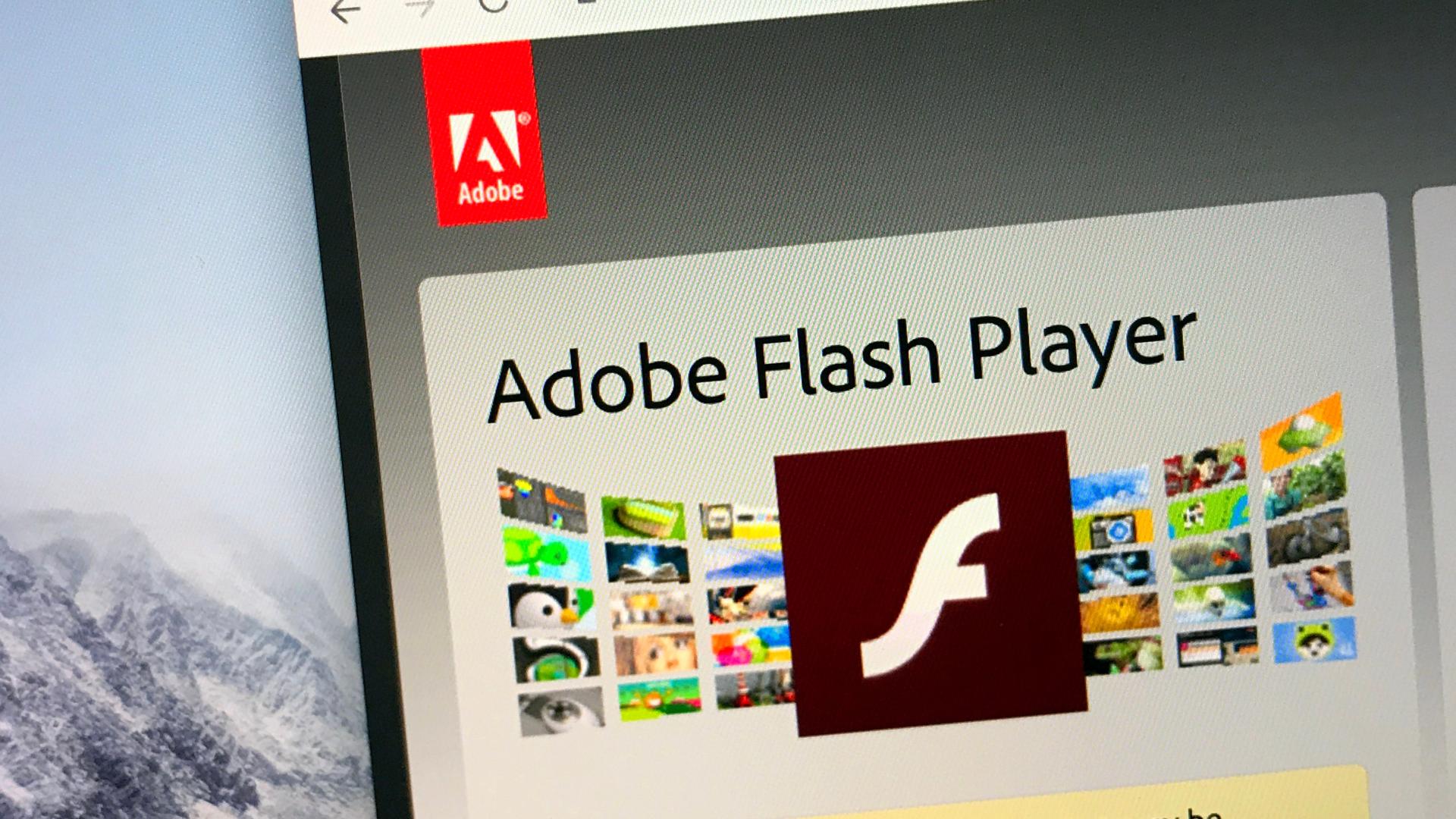Hackers are using Google Alerts to help spread malware
Fake news gives rise to fake alerts that install phony Adobe Flash updates


Hackers have managed to subvert a Google service into tricking unsuspecting users into installing malware.
Cyber criminals have targeted the Google Alerts service, which they have used to push fake updates to the now-defunct Adobe Flash Player. According to reports, hackers have created fake news stories with titles containing popular keywords that Google’s search engine then indexes. When this happens, Google Alerts pushes out notifications to people who follow these keywords.
Since these “stories” come via Google Alerts, hackers hope victims will think the alert is legitimate and will click on the fake story. Doing so leads victims to a malicious site that pushes browser notification spam, unwanted extensions, or fake giveaways.
The latest attack redirects users to a page that states the user’s Flash Player is outdated and needs to be updated. Adobe no longer supports or updates Flash Player, but many victims may not realize this and click on the update button. Microsoft killed Adobe Flash support in its web browsers last January, around the same time as Google, Apple, and Mozilla.
If the victim accepts the update, the page downloads a file that installs a potentially unwanted program called One Updater. This in itself offers to install other potentially unwanted programs.
Google Alerts users have been advised that if they’re redirected to such websites and are prompted to install an extension or program update to close the browser window immediately.
Javvad Malik, security awareness advocate at KnowBe4, told IT Pro that by manipulating Google Alerts, cyber criminals are finding ingenious ways to get into users' inboxes, as email gateways and spam filters won’t block alerts.
Sign up today and you will receive a free copy of our Future Focus 2025 report - the leading guidance on AI, cybersecurity and other IT challenges as per 700+ senior executives
"Once in the user's inbox, there is a high likelihood that users will click on the link because the alerts are something they expect and trust,” he said.
“It's why users should keep their guard up even with trusted or expected links and if they end up on a page where there are unwanted pop-ups or downloads, they should immediately close the browser window and alert their IT security team to ensure no malicious software has been downloaded."
Rene Millman is a freelance writer and broadcaster who covers cybersecurity, AI, IoT, and the cloud. He also works as a contributing analyst at GigaOm and has previously worked as an analyst for Gartner covering the infrastructure market. He has made numerous television appearances to give his views and expertise on technology trends and companies that affect and shape our lives. You can follow Rene Millman on Twitter.
-
 Trump's AI executive order could leave US in a 'regulatory vacuum'
Trump's AI executive order could leave US in a 'regulatory vacuum'News Citing a "patchwork of 50 different regulatory regimes" and "ideological bias", President Trump wants rules to be set at a federal level
-
 TPUs: Google's home advantage
TPUs: Google's home advantageITPro Podcast How does TPU v7 stack up against Nvidia's latest chips – and can Google scale AI using only its own supply?
